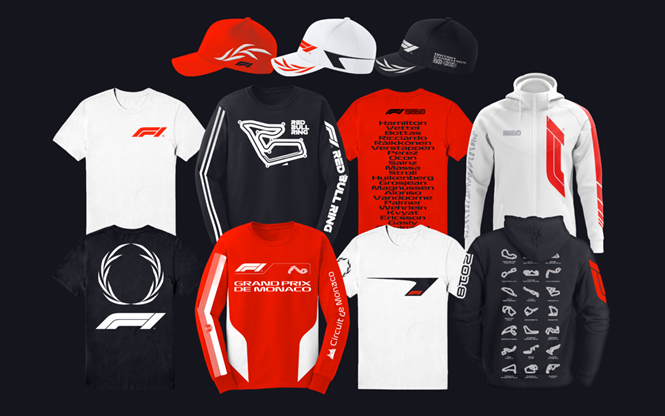Following up with Formula One, after its 2018 rebrand

Formula One had reached a crossroads in 2017. It was effectively run by its founder, Bernie Ecclestone, but had broadcasting partnerships and exposure in 200 countries. This approach was likened to a being a ’70-year startup.’ When F1 was purchased by Liberty Media, one of the first areas of focus was the brand and its relationship to the sport’s audiences. Two years after its rebrand, marketing director Ellie Norman talks about the brand’s progress.
Since Norman joined F1 as marketing director, she has worked to create change within a 70 year-old sport, to rebrand the league and to encourage a new era for drivers and audiences alike.
There was no issue with awareness, Norman discovered, but with perception. The brand had effectively been built as a B2B operation focused on securing sponsorship deals and media rights. It had no social media, marketing activity or brand building operation to speak of. In building a team, Norman sought to set the right tone from the beginning. “We had no issue with people that love Formula One,” Norman said at an event hosted by London-based creative firm AML Group last night. Instead of focusing on autophiles, however, Norman brought in people from different backgrounds who could build an experience set beyond a love for the sport. This helped to change the perception of the league from the inside out.
That mirrored the challenge F1 faced externally as well: fans were fans, it was everyone else that the sport needed to engage. The perception issues were threefold. First, people thought of the brand as a B2B operation, concerned largely with sponsorship, it was found to be elitist and finally, financially driven. Norman has focused on addressing those perception issues with proactive communications that break down the barriers between the sport and the fans while also showing new sides of the sport to attract new audiences.
That was all supported by the rebrand, which was carried out by Wieden+Kennedy and introduced a professional visual identity to the world for the first time, allowing the company to move beyond just a logo. As a result, attendance is up 10% and sponsorships are being approached more smartly. The goal has moved away from financials and toward brand building, audience development and the future of the sport.
Some of the factors that have supported this success include education of audiences. Formula One can be quite a technical sport, with data forming part of the strategy. But, using television broadcasts and on-screen graphics to communicate with fans has allowed Formula One to educate its audiences. “If you start to get that right, people start to feel more confident in it and understand it,” Norman says. She also worked with the individual racing teams to change driver behaviour in order to make the heroes of the sport more relatable. They’ve been encouraged to do things as simple as removing their helmets – so viewers can form emotional connections to the people behind the faceplates – and move their interview locations to the trackside. “They are coming around to the fact that collectively, as a sport, this is necessary,” Norman said.
Formula One has also been working with the cities in which its events are taking place to develop a stronger sense of the experience of the racing programme. The three-day events are now billed as experiences, almost festival-like in tone. Where previously there was no engagement with the local community, now, Formula One is actively working with local bars and venues, tourism boards and transport hubs to encourage them to publicise the races and build energy around the events.
One of the biggest challenges Norman and her team have faced, though, is getting the numerous stakeholders within the sport on board with the changes. In the highly competitive environment of motor racing, teams don’t like sharing information – or even physical space – with their rivals. Norman has channeled that competitiveness to encourage teams to sign up to new initiatives. “It is about building trust and doing what you say you’re going to do with them,” she said. “They’re difficult.”
But the signs of success are there. Formula One’s teams are taking part in broadcast documentaries and developing deeper experiences for sponsors. They’re recognising that the long-term strategy for the sport is to build a wider fanbase, encourage greater engagement with the events themselves and craft a brand that puts the teams and the fans first.
This shift in strategy will help, as Norman says, the brand realise its true potential.
To read more about Formula One’s rebrand, click here.












